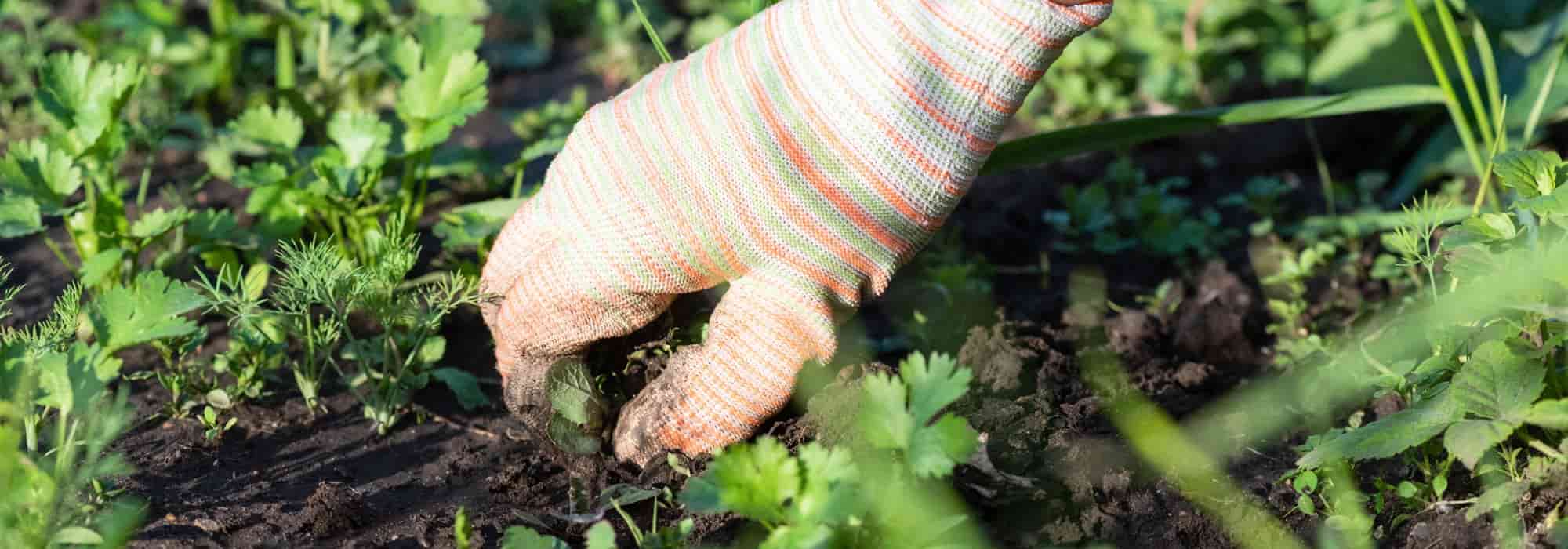
Beginner Gardening: How to Weed Easily and Without Chemicals?
Our 6 Tips for Natural Weed Control
Contents
Are your garden, vegetable patch, flowerbed or pathway overrun with unwanted herbs? Do you want to get rid of these “weeds” without using chemicals, harming biodiversity, or damaging the quality of your soil?
Chemical herbicides are not only toxic to the environment and health, but they also deplete the soil and weaken its natural balance. Fortunately, there are methods and tools for weeding and removing weeds naturally and sustainably.
Discover our 6 tips for natural and sustainable weeding.
Grandma's Recipes for Killing Weeds: Between Myth and Effectiveness
Some everyday products can be used as natural weedkillers. But are they truly effective or could they harm the soil? Let’s sort fact from fiction!
White vinegar
Its acidity burns the leaves of young herbs, but doesn’t destroy the roots.
How to use it?
- Mix 1 litre of white vinegar with 1 litre of water.
- Spray on dry, sunny days.
- Wait 24 to 48 hours until the plants yellow and die before removing them.
⚠️ Warning: It acidifies the soil and can render it sterile if overused. Best applied on hard surfaces (paths, paving and borders).
Bicarbonate of soda
Bicarbonate slows regrowth on hard surfaces (patios, paving or paths).
How to use it?
- Sprinkle bicarbonate directly onto weeds.
- Water lightly to aid absorption.
⚠️ Warning: Avoid cultivated areas, it may hinder the growth of nearby plants.
Pasta or potato cooking water
The hot, starch-rich cooking water smothers and burns plants with shallow roots.
How to use it?
After cooking, pour the still-hot (but not boiling) water onto unwanted plants.
⚠️ Warning: It also kills soil organisms and may damage roots of neighbouring plants.
False good ideas
- Salt: Renders soil infertile and pollutes groundwater.
- Bleach: Toxic to soil, insects and animals. Avoid entirely!
- Nettle fertiliser: Contrary to popular belief, the nettle fertiliser is a fertiliser, not a weedkiller! It stimulates plant growth.
Weeding by hand or with the right tools
If the weeds are already well established, manual weeding remains the most effective method, even if it requires a bit of effort.
When to weed?
- After rain: the soil is loose and the roots come out easily.
- Before the weeds produce seeds: to prevent them from spreading everywhere.
Which tools for weeding?
- Hoe and scuffle hoe: cut the weeds just below the soil surface.
- Weeding knife or asparagus knife: ideal for removing deep roots like those of dandelions.
- Digging fork or rotary cultivator: to loosen the soil.
How to properly remove weeds?
- Loosen the soil, with a digging fork or rotary cultivator, to make root extraction easier.
- Grasp the plant at the base and pull gently to avoid breaking the root.
- For deep roots (dandelions and the like), use a weeding knife.
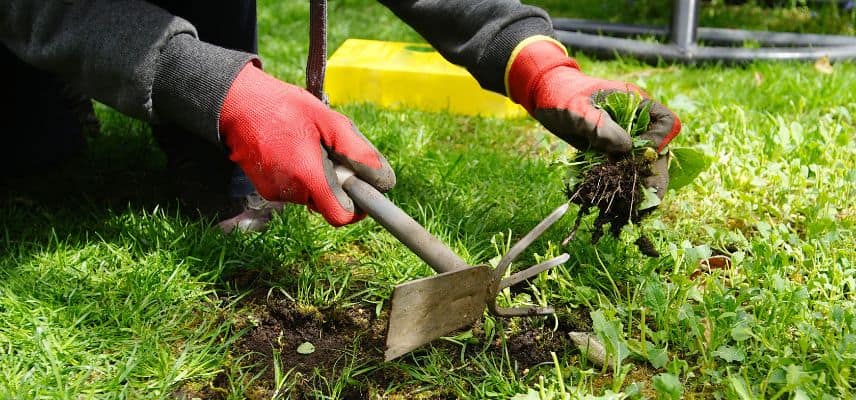
The Thermal Weed Killer: Effective But Not Very Eco-Friendly
The thermal weeder is often mentioned when considering weed control. It is particularly useful for weeding among gravel or between paving stones and slabs: it works by emitting intense heat that destroys plants, causing them to dry out and die. However, plants are not the only ones affected by its effects: insects and microorganisms suffer the same fate. Moreover, it is ineffective against resilient plants (couch grass, dandelion, bramble, etc.), which will require additional manual removal.
⚠️ Warning: Do not use it on lawns or too close to sensitive plants, and avoid using it during dry periods to prevent any fire risk.

Cover the soil to prevent weeds from growing
They say prevention is better than cure! Preventing weeds from growing is the best way to reduce the effort of weeding.
Mulching: a natural barrier against weeds
Mulching or mulch in English involves covering the soil to prevent light from reaching weed seeds, thereby reducing their germination. You’ll find ready-to-use mulches in our nursery.
Which materials to use?
- Organic mulches (derived from plants): straw, wood chips, bark, dead leaves, grass clippings, hay, compost. These materials decompose and enrich the soil.
- Mineral mulches (derived from crushed rocks and minerals): gravel, pumice, crushed slate. Ideal for flower beds and pathways.
How to apply it?
- Weed the area to be mulched.
- Spread a 10 cm layer of mulch (the thicker it is, the more it blocks light).
- Refresh the mulch once or twice a year, depending on its decomposition.
Tip: Mulching isn’t just for vegetable gardens and flower beds! You can also use it at the base of hedges, bushes, and even in pathways.
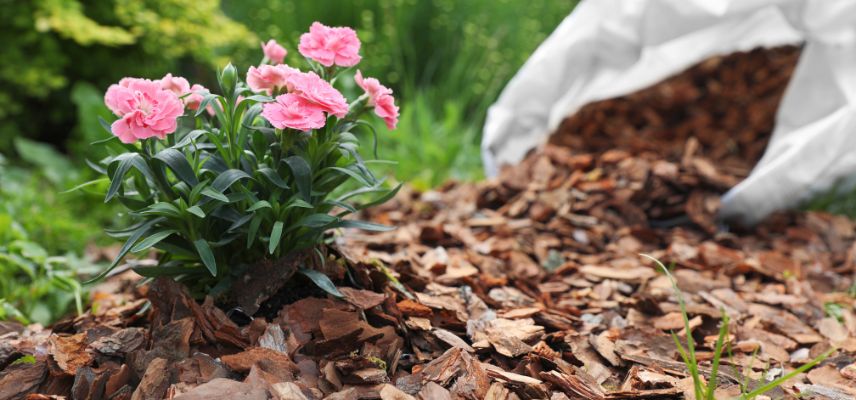
Ground cover plants: a living alternative to mulch
Ground cover plants form a dense vegetative carpet that limits space for weeds. They’re ideal for slopes, borders, and hard-to-maintain areas.
Which plants to choose?
- For a sunny garden: thyme, oregano, sedum, yarrow, snow-in-summer, etc.
- For a shaded area: lesser periwinkle, ivy, pachysandra, creeping bugle, etc.
- For a vegetable garden: opt for green manures, such as white clover, phacelia, mustard, etc.
How to plant them?
- Weed and loosen the soil before planting.
- Plant in staggered rows for quick coverage.
- Water.
- Once established, they require little maintenance and limit weed regrowth.
Tip: Combine mulch + ground cover for a weed-free garden!
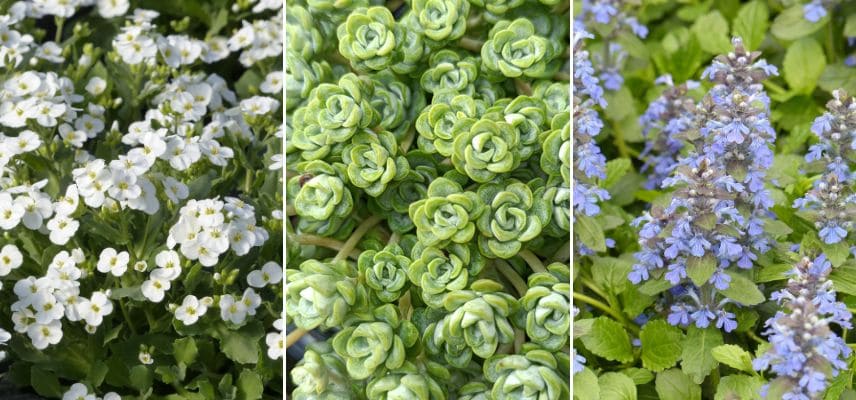
snow-in-summer, creeping sedum and creeping bugle
False sowing: an early weeding method
This technique involves deliberately germinating weeds… to better eliminate them before planting your crops. By working the soil, you encourage the germination of weed seeds present in the ground.
How to do it?
- Work the soil as if you were going to sow.
- Water to activate the germination of seeds buried in the soil.
- After 10 to 15 days, hoe or pull out the young shoots.
- You can then sow or plant your crops.
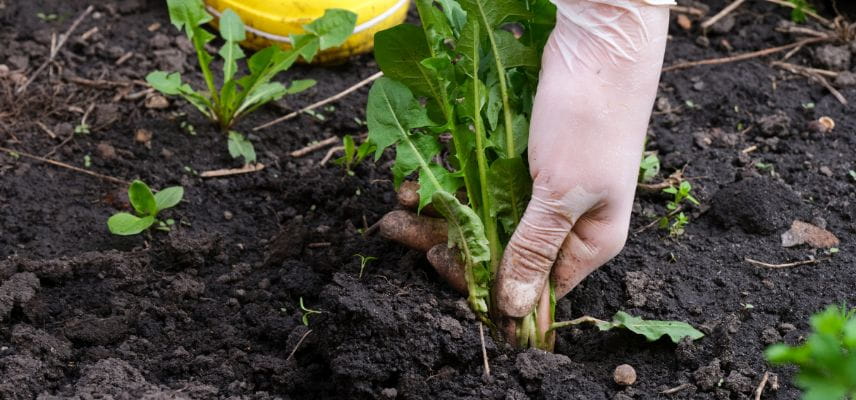
Covering or shading: smothering to weed easily
Covering deprives weeds of light. They eventually turn yellow, weaken and die, leaving the soil clear for new plantings.
Which materials to use?
- A black plastic sheet or landscape fabric: Opaque, reusable, effective for several months.
- Thick cardboard (ink and plastic-free): Biodegradable and economical.
- A biodegradable mulch fabric: Allows water through but blocks light, while improving soil life.
How to proceed?
- Cut or mow the weeds down to ground level.
- Cover the area to be weeded with the plastic sheet, cardboard or fabric. Make sure to cover the entire surface without gaps where light could get through.
- Secure firmly with stones or pegs.
- Wait:
– 3 to 6 weeks for young weeds.
– 6 months for very invasive plants (couch grass, bindweed). - Remove the cover, aerate the soil and plant directly.
Tip: To prevent regrowth, immediately apply mulch or plant a crop (green manure, vegetables, flowers).
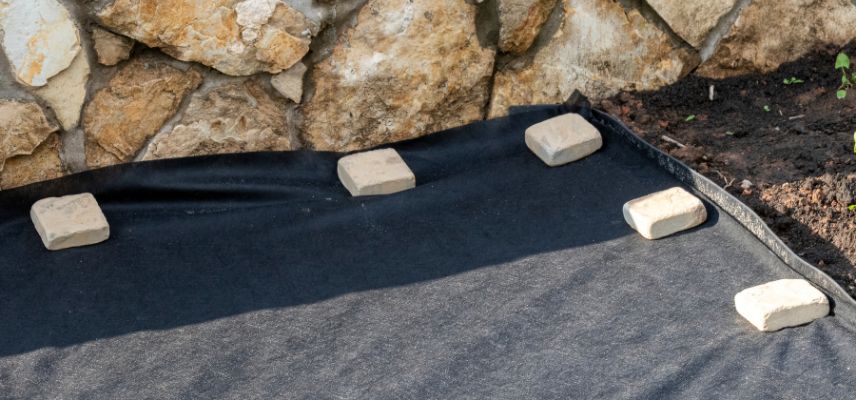
- Subscribe!
- Contents
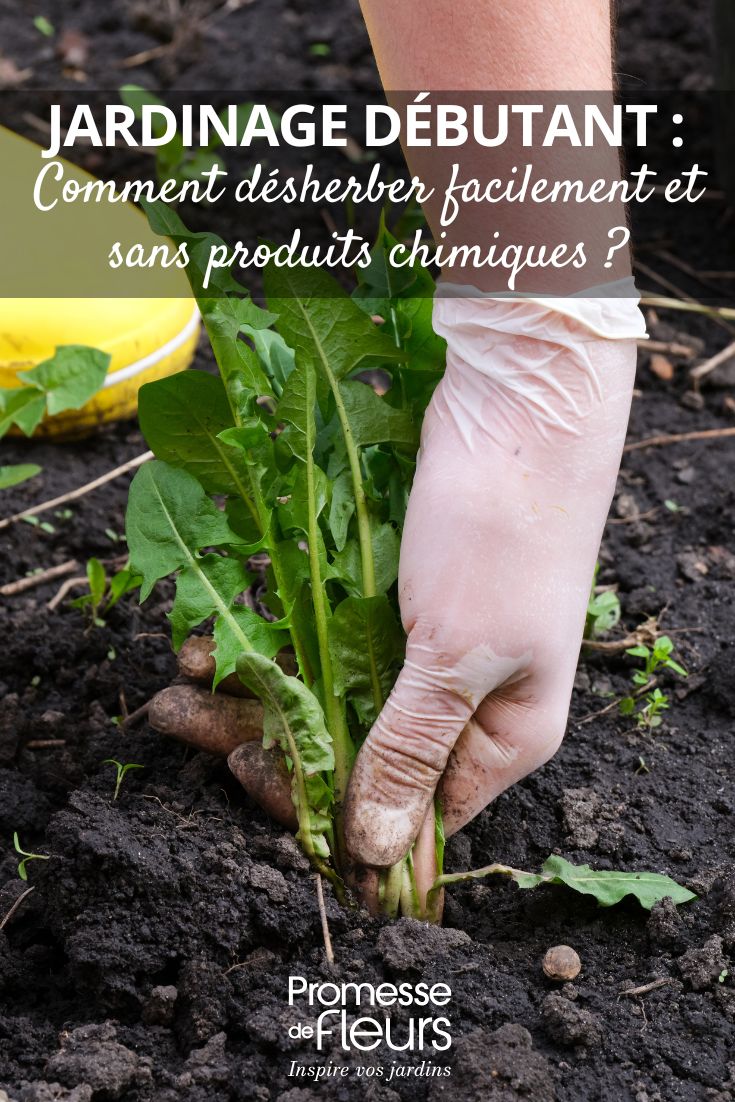































Comments